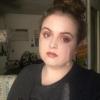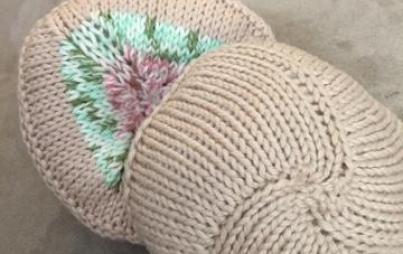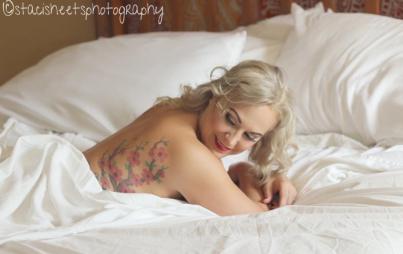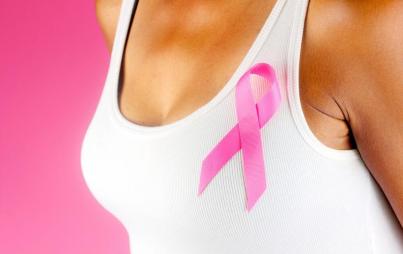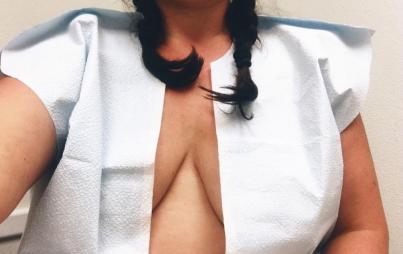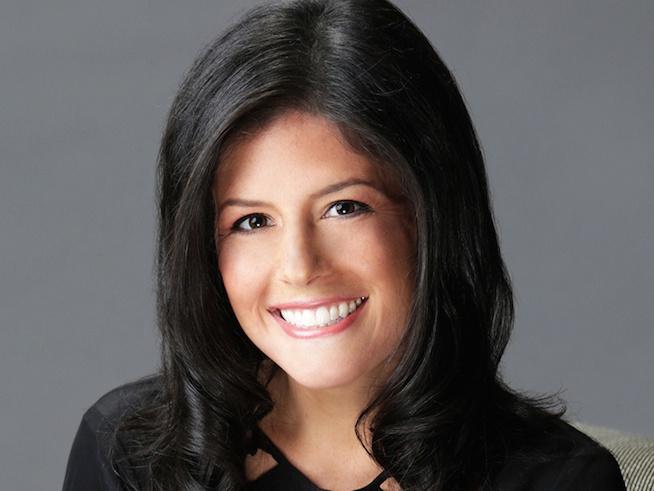
This week at Ravishly, we are taking a look at breast cancer. October is National Breast Cancer Awareness Month, and while all the pink we bring out is a beautiful sentiment, we need to be more active about helping women affected by breast cancer. And that doesn't just mean women who have cancer, it also includes women at risk of developing breast cancer, which is all of us, but some more than others. Women who test positive for the BRAC1 gene have unique needs for extreme preventative evaluation and care. According to RealSelf contributor, Dr. Otto Placik, "Bilateral Prophylactic Mastectomy (BPM) reportedly results in a 90% risk reduction in the lifetime (up to 70 years old) development of Breast Cancer for BRCA1 (~55-65% risk) and BRCA2 (~45% risk). BPM has no effect on development of ovarian cancer. This requires oophorectomy to reduce ovarian cancer risks. However, oophorectomy does add additional protection against development of breast cancer when performed before the age of 40." In cases like this, and in instances where breast cancer develops, awareness can only go so far. What matters most for the people affected is action.
Lindsay Avner's organization, Bright Pink, does just that. After testing positive for BRAC1, Lindsay underwent a double mastectomy to combat her genetic high risk for breast and ovarian cancer. Lindsay has taken her experience and turned it into an entire movement, starting Bright Pink as a resource for women like her. Bright Pink puts women in charge of their own health, empowering and encouraging high-risk women to know their bodies and what they need to do to keep them healthy.
Can you tell us a bit about your organization, Bright Pink?
Bright Pink reaches young women (18-45) with life-saving breast and ovarian health content. We make prevention and early detection a persistent and positive part of their lives and inspire them to take action. We focus on health and not cancer, and all of our content leads to an action, like assessing risk, scheduling a doctor's appointment, etc. We are where she is: Bright Pink is on her phone, at her doctor's, at work, on social media, where she shops — and we don't use clinical speak. More real, empowering, girlfriend-to-
Your personal experience with breast cancer is a preventative one. You had a double mastectomy after testing positive for BRAC1. How did you come to make that very difficult decision, and what advice do you have for women faced with a similar decision?
For me, I didn't want to wait to develop cancer to take action. I wanted to play offense and not defense. When I first found out I tested positive, I thought, There is no way I would ever remove my breasts. But something changed about six months after finding out. I started seeing the knowledge I had been afforded in learning I carried the gene mutation as a blessing, not a burden. I had the opportunity to know my risk and to do something about it, something generations of women before me never had.
Your "be bright" approach to health is a really positive take on navigating such a distressing part of women's lives. What are some ways we can implement that practice every day?
As I mentioned, we are truly blessed to have the knowledge generations of women before us never had. And with access to that knowledge comes a profound responsibility. When it comes to every day practice, make sure you take some time to gather your family's health history. It is the most important factor in all of this. Also, "Know your normal": know the symptoms of breast and ovarian cancer and speak up if you notice any changes. Visit the doctor once a year, even when you feel perfectly healthy. Take some time to understand the power of oral contraceptives (birth control pills) on ovarian cancer risk reduction. And practice healthy lifestyle habits (exercise on most days, maintain a healthy body weight, limit alcohol intake, get enough Vitamin D). Every little bit counts.
So much of the process for young, high-risk women is involved and expensive. How can we make sure to give women more access to resources and information about breast and ovarian cancer and the importance of preventative care?
BrightPink.org is an amazing hub and resource. We have worked hard to deliver information and resources in a really clear, thoughtful, action-oriented manner. And I would encourage all women to visit AssessYourRisk.org, Bright Pink's 19-question quiz that combines health history and lifestyle factors to give women an initial personal risk read-out. Since launching the tool in March of this year, we are so proud that more than 80,000 women have completed the quiz and many go on to email the results to their doctors and family members.
What aspect of breast cancer awareness do you think we need to see more of?
I think we have more than enough awareness. What we are lacking is action. People know pink stands for breast cancer awareness, and they may show up at the local 5K or purchase a pink product, but they have no idea that their father's side of their family history matters just as much as their mother's. They don't know the symptoms of breast and ovarian cancer. Bright Pink is all about inspiring people to go beyond awareness and take life-saving action. And this is something we need to be thinking about year round, not just on the day of your annual well-woman exam, or during October when there is a lot of pink. Be sure to follow us on Instagram and Twitter @BeBrightPink and on Facebook at Facebook.com/BrightPink to keep the conversation going year-round.
Who are some figures in the movement to promoting breast cancer awareness and action that you admire and want to share with us? Any “people you love” in particular?
I think the real heroes are the women who share their personal stories and urge others to take action. Survivors, high-risk women, and even average-risk women who make a small change, like going to the doctor after not going for many years. Those are the people that will take to Facebook and share their story and as a result, thousands of women in their network will do something in return. That, to me, is the greatest gift. Check out how a Bright Pink text saved Erin’s life.
How do you cultivate meaningful partnerships with other businesses in order to grow your own?
For us, our partnerships have allowed us to reach young women with life-saving health information AND raise funds to fuel the mission. We are so proud to partner with some of the world's most admired brands that are reaching young women, including David's Bridal, Aerie, Paul Mitchell, eBay, and more. It is a huge strategic priority and a win-win for all. The brands develop customer loyalty and drive sales, while Bright Pink increases our footprint and reach, and raises funds to fuel the mission. Additionally, we are proud to partner with content providers like SheKnows to deliver our life-saving message exactly where "she" is.

